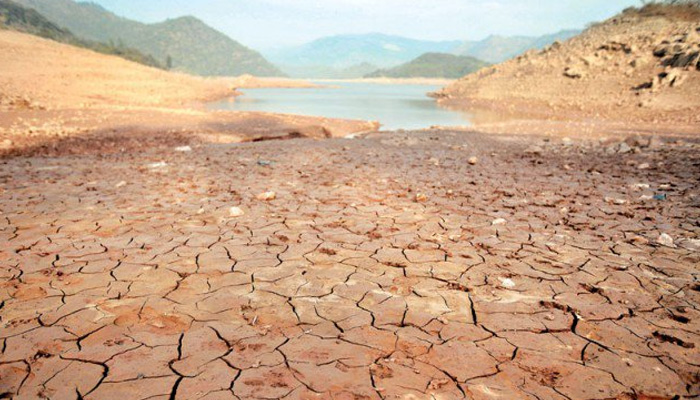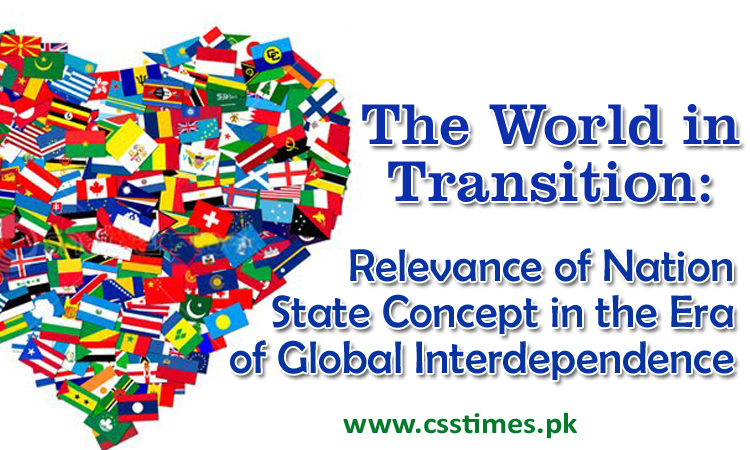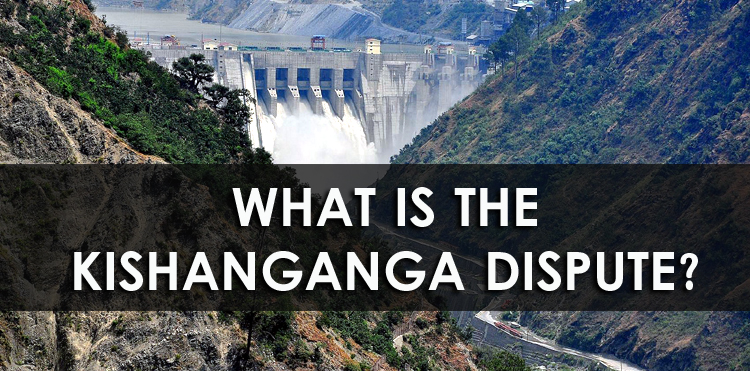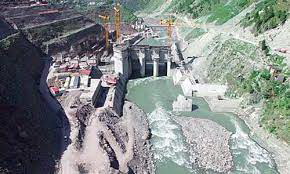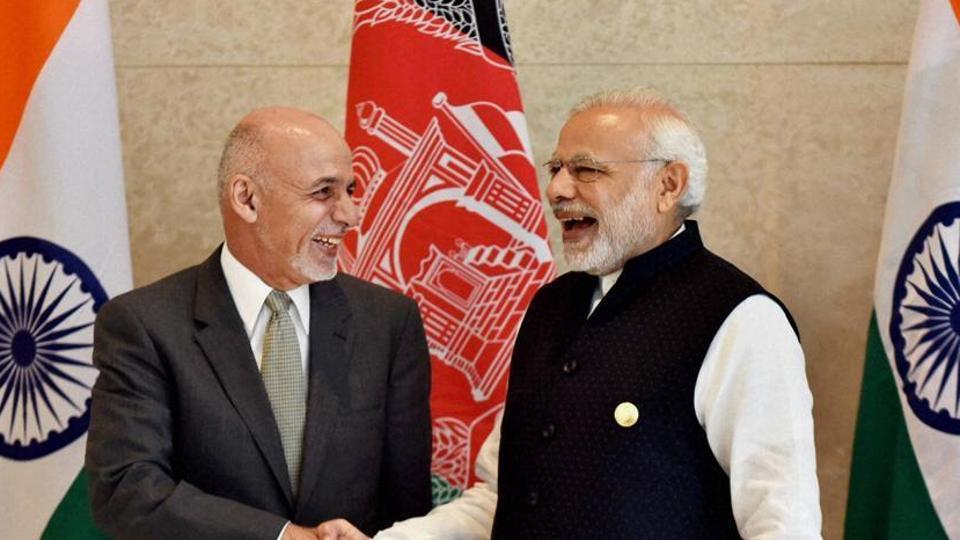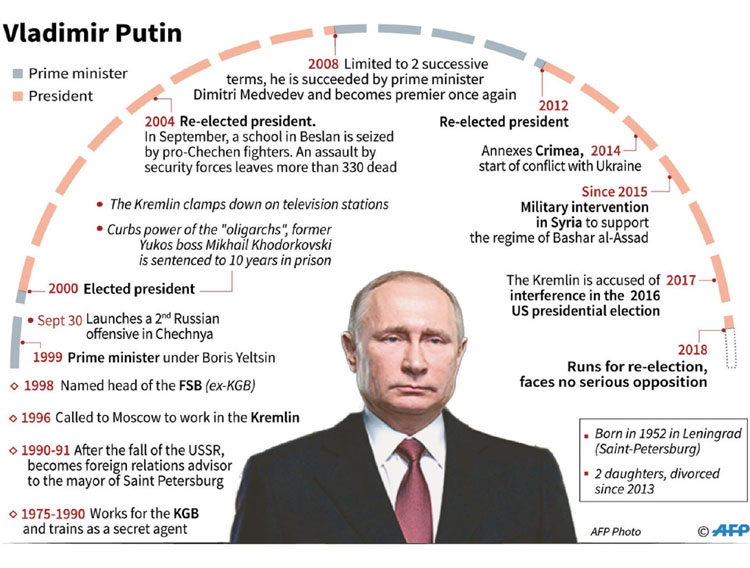[mks_button size=”large” title=”By: Muhammad Nadeem Bhatti” style=”squared” url=”#” target=”_self” bg_color=”#1e73be” txt_color=”#FFFFFF” icon=”” icon_type=”” nofollow=”0″]
World moves on energy and the main source of it is water. In previous days what India had done to us is passed over, do we realise what Afghanistan is going to do with us now? Have we decided that after destroying our fields and villages, we all have to die with thirst. The first time we came to know in summer of 2010 that Afghanistan is not making one or two but the entire twelve dams at Kabul river and it has India’s full support. Not only the support, India actually convinced that the river would become a part of the aggression against Pakistan by creating dozens of dams on the river. India is not limited to technical support only, it is ready to invest. India has also developed Afghanistan’s feasibility report. Remember that before the announcement of the project, Afghanistan already had made few dams on Kabul based on American support. Now in this regard the World Bank is also ready to provide $8 billion for these dams to Afghanistan.
It is important to imagine the importance of the Kabul River for Pakistan. The river water is available nine months from February to October. 80 percent of the total agricultural cultivation of KP is irrigated from the same river. It is watering 60 percent of the land of Noshera, And, 85% fertile land of Charsadda is dependent on this river. Pakistan has made the Warsaw Dam over the river. Now, if Afghanistan builds twelve dams on this river and stores large quantities of water, then what kind of mess Pakistan will be facing.
It’s been years we know about Afgan dams. But in these years, this matter has never been discussed in our parliament. Unfortunately our leaders have rarely talked about how dramatic water crisis is going to get? Has any ministry prepared any report on it and has Parliament ever organised special session on that?
Allah has given a natural dam to Pakistan. This is the Kala Bagh Dam. Unfortunately when there is talk on this dam, some leaders begin jumping on the ground and say that this dam can only be built on their dead bodies. After India, Afghanistan too is making dams. But Pakistan is not doing much despite a crisis.
Pakistan is going to be suffering from a terrible crisis of water. What Afghanistan is going to do with us is very dangerous. We have a contract with India, but there is no agreement with Afghanistan regarding water. We burnt ourselves in Taliban fight but we could not have any agreement on water from Afghanistan. We delayed the Nailam Jhelum project and the case of India’s Kishan Ganga was strengthened; we could not even make the Munda Dam and now the number of proposed sub-dams of Afghanistan are powerful. Is it only our laziness or ineffectiveness?
It is not that we are completely dependent on India and Afghanistan for water and besides this we have no means. Pakistan is the reward of Allah. We also have snow curtains that make the water source of water. We also have monsoon showers and it is rainy in the winter too. Pakistan is wasting 90 percent of its water in the sea because it does not have the dam to store this water .This wasted water is worth $21 billion annually. First of all, we will have to make Kala Bagh Dam.
Water crisis is not limited to agricultural use only. The crisis of drinking water is also there. Only 12 percent of the water supply system is clean and 88% of people connected to it are drinking dirty and hazardous water. According to the report of the administration of planning and development, arsenic, fluoride and nitrate is being found in drinking water and according to the report of the Pakistan Council of Water Resources, 200,000 children are dying every year due to hazardous health water. According to an independent report, 300,000 children are dying every year due to hazardous water.
There is no doubt Pakistan is an agriculture country and depends upon 75% agriculture cultivation and the major crops are fully valuable even exportable by modern changes, especially cotton, cane and rice which need water on time to enhance the value of cultivation. Our leaders need to take immediate decisions of build dams for the survival of the country and if is not done one can say that we have made the final decision of collective suicide?
Courtesy: Daily The Nation

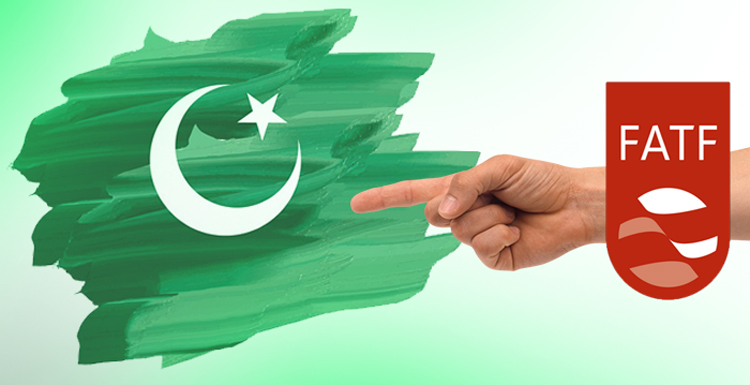
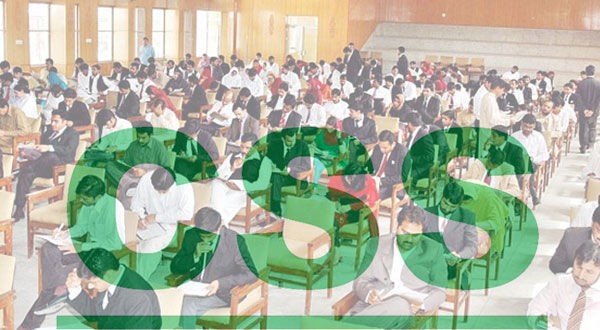
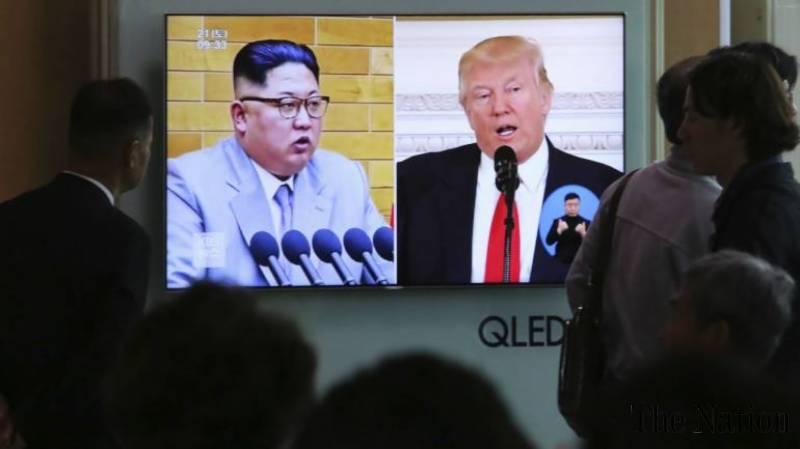
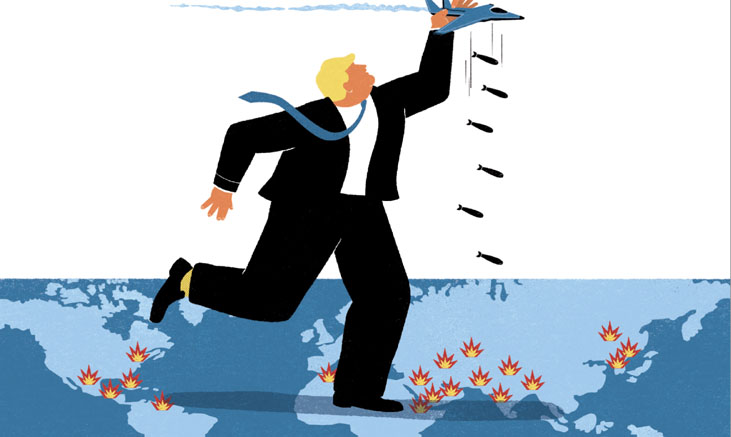
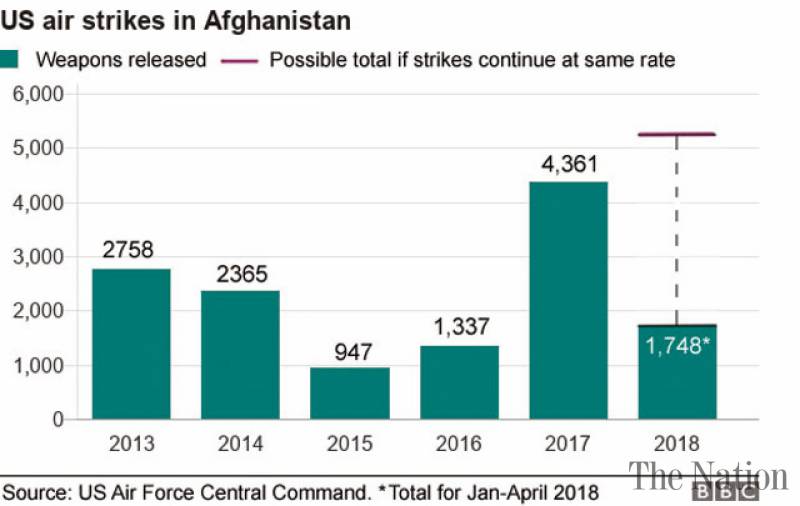 In a 5 June report, the Afghanistan Independent Human Rights Commission said the attack was a “war crime”.
In a 5 June report, the Afghanistan Independent Human Rights Commission said the attack was a “war crime”.